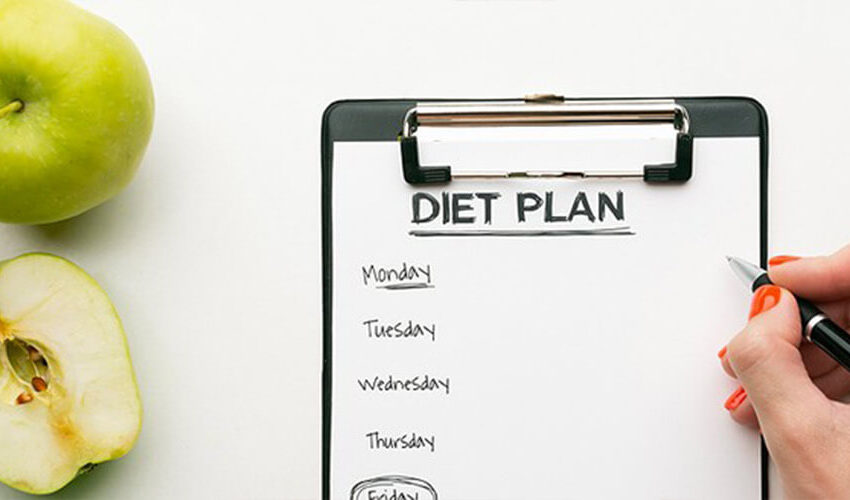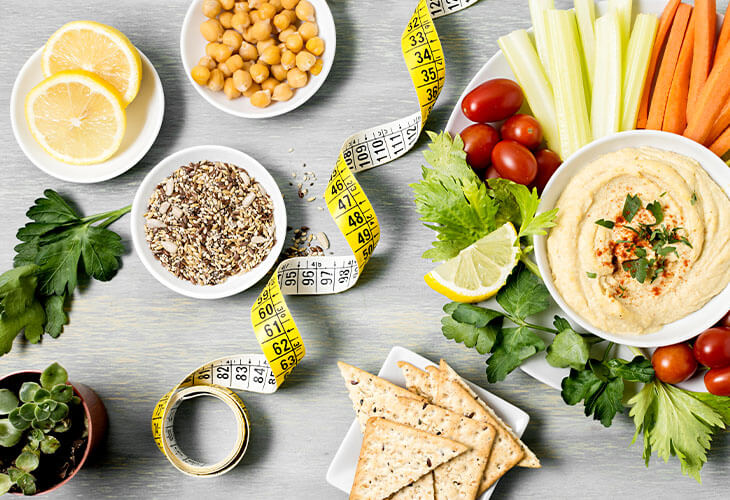
- February 6, 2024
- Balanced Diet
When it comes to organizing a successful wellness retreat, one of the most critical aspects to consider is the diet plan. A well-designed diet plan can significantly impact the overall experience of the guests, optimizing their health, energy levels, and mental clarity throughout the retreat. In this comprehensive guide, we will explore the key elements and technicalities required to create an effective diet plan for your wellness retreat.
Understanding the Goals of Your Diet Plan
Before diving into the technical aspects, it’s essential to define the primary goals of your diet plan. Ask yourself what you want your guests to achieve through the dietary program during the retreat. Common objectives may include:
- Nutritional Balance: Ensuring guests receive a well-balanced diet that provides all essential nutrients.
- Holistic Wellbeing: Promoting overall mental and physical wellbeing through dietary choices.
- Catering to Dietary Restrictions: Offering options for guests with specific dietary restrictions or preferences (e.g., vegan, gluten-free, etc.).
- Enhancing Energy Levels: Designing meals to support sustained energy throughout the day.
- Detoxification: Incorporating foods that aid the body’s natural detoxification processes.
Conducting a Preliminary Guest Assessment
Before finalizing the diet plan, it’s crucial to gather information about your guests’ dietary requirements and preferences. Send out a questionnaire or have a pre-arrival consultation to inquire about:
- Allergies and Food Intolerances: Identify any allergies or intolerances your guests may have to avoid potential health risks.
- Medical Conditions: Be aware of any medical conditions that may impact their dietary needs, such as diabetes or hypertension.
- Cultural and Religious Considerations: Respect and accommodate guests’ cultural or religious dietary restrictions.
- Preferred Diet Types: Determine if guests follow specific diets, such as vegetarian, paleo, or keto.

Collaborating with Nutrition Experts
Creating a well-rounded and effective diet plan requires the expertise of nutrition professionals. Collaborate with certified nutritionists or dietitians who can analyze the gathered guest data and provide valuable insights and recommendations.
- Customizing Meal Plans: Nutrition experts can design customized meal plans tailored to individual guests’ needs, ensuring they receive appropriate nutrients.
- Incorporating Superfoods: Nutritionists can suggest incorporating nutrient-dense superfoods that enhance guests’ overall health.
- Addressing Dietary Imbalances: Professionals can identify and rectify potential dietary imbalances that may arise from restrictions or preferences.
Planning Meal Cycles and Portions
Once you have a clear understanding of your guests’ dietary requirements, it’s time to plan the meal cycles and portions for the retreat. Keep the following technicalities in mind:
- Meal Frequency: Determine the number of meals per day, considering snacks and refreshments.
- Portion Sizes: Balance portion sizes to provide adequate nourishment without overindulgence.
- Meal Timing: Strategically schedule meals to promote better digestion and energy levels throughout the day.
- Hydration: Plan water and beverage stations to keep guests hydrated at all times.
Emphasizing Local and Organic Ingredients
One of the cornerstones of a successful wellness retreat diet plan is the quality of ingredients used in meal preparation. Opt for locally sourced and organic produce whenever possible.
- Nutritional Density: Local and organic ingredients are often fresher and more nutrient-dense, maximizing the health benefits for guests.
- Eco-Friendly Practices: Supporting local farmers and using organic produce also aligns with sustainable and eco-friendly principles.
- Catering to Food Sensitivities: Organic options can reduce exposure to pesticides and chemicals, benefiting guests with sensitivities.
Mindful Eating Practices
Encourage mindful eating practices during the retreat to enhance the overall dining experience and digestion.
- Mindful Eating Sessions: Host mindful eating sessions or workshops where guests can learn to savor their meals fully.
- Eliminating Distractions: Create an environment that promotes focused dining by limiting distractions such as phones or screens.
- Chewing Techniques: Educate guests on the importance of proper chewing techniques for better digestion.

Evaluating and Adjusting the Diet Plan
Throughout the wellness retreat, collect feedback from guests regarding their dining experiences and overall satisfaction with the diet plan. Use this data to evaluate the effectiveness of the program and make necessary adjustments.
- Feedback Forms: Distribute feedback forms to gather insights from guests on the diet plan’s strengths and areas for improvement.
- Observations and Communication: Pay attention to guests’ comments during meal times and maintain open communication.
- Flexibility: Be prepared to make on-the-spot modifications to accommodate unexpected preferences or needs.
Conclusion
Designing an effective diet plan for your wellness retreat is a meticulous process that requires careful consideration of your guests’ needs and goals. Collaborate with nutrition experts, emphasize quality ingredients, and promote mindful eating practices to ensure your guests have a transformative and fulfilling dietary experience during their retreat. Remember that a well-designed diet plan can be the cornerstone of a truly rejuvenating wellness journey.
